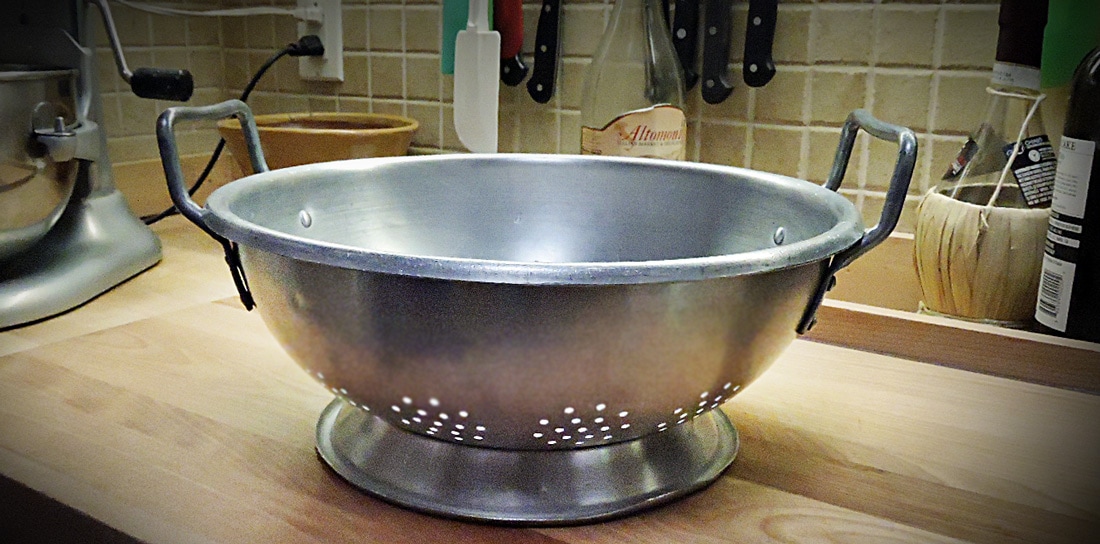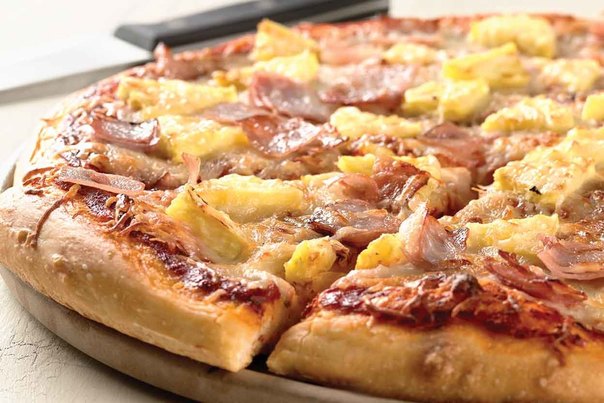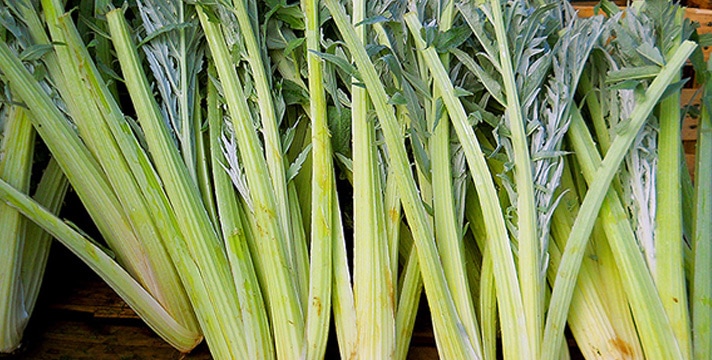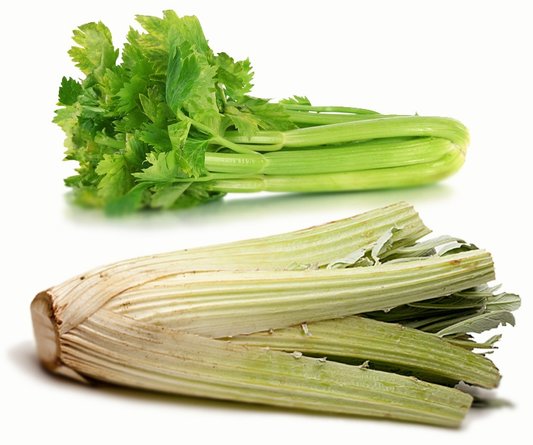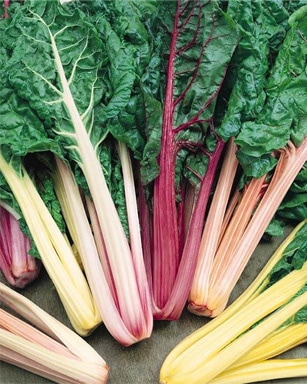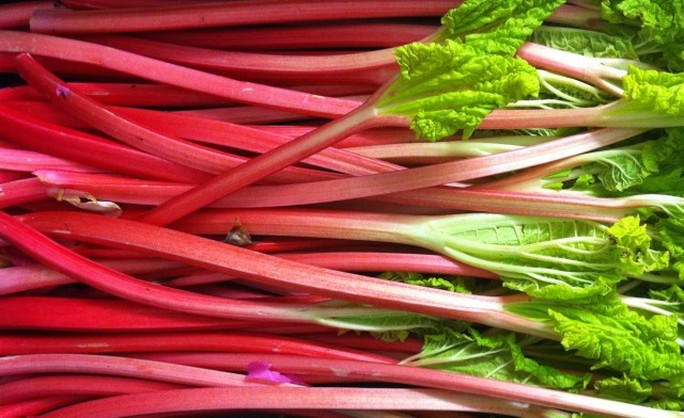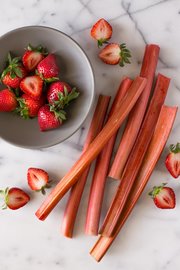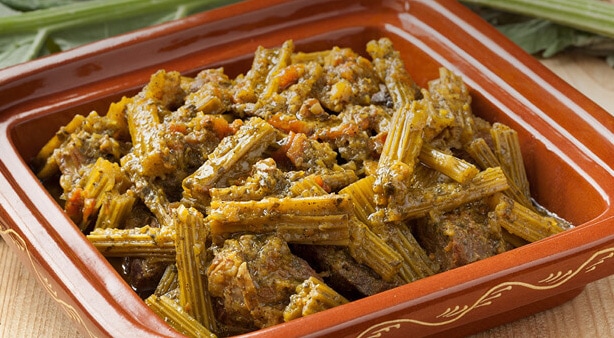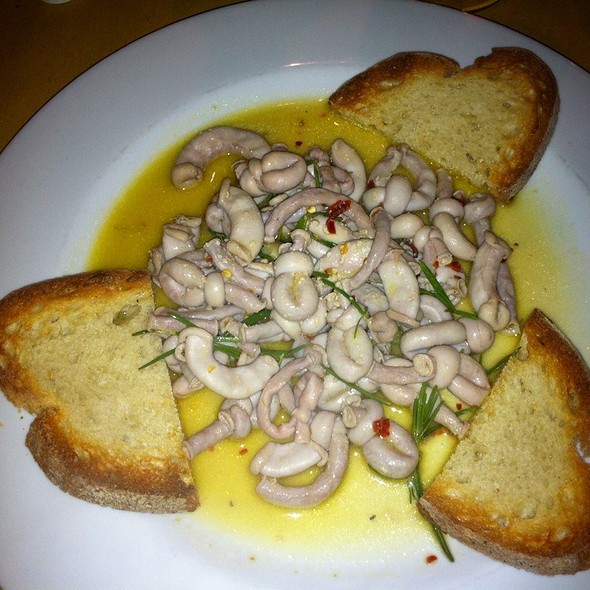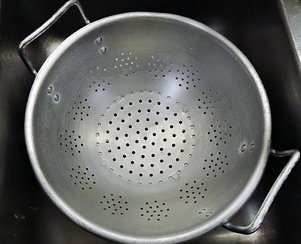 I never was interested in an inheritance from my parents. Not that I couldn't use some extra financial help when we had our son late in my life (I was 53 when he was born). After my Dad passed, my Mom didn't have all that much anyway... besides, I always felt strange about even discussing such things. When my Mom finally passed on some years ago, I actually refused to deposit the meager check my sister sent along after her affairs were supposedly "finalized". But when my Mom was alive she did "will" me some things in person when she was moving from her tidy suburban home to a senior citizen's apartment complex. I treasure these simple things. One treasure was her scolapasta. The literal translation of this essential kitchen tool is "dripping pasta", a very descriptive name for her colander. It might even me called scola maccharon' (macaroni drain) in southern dialect. My Mom would grab a mappine (pronounce mop-EEN, meaning dishtowel), pick up the boiling spaghetti pot and then dump the steaming pasta into the scolapasta to drain the water. I remember when she offered it to me... "Here, you take this home". It was like she was passing the culinary baton to me and my cooking. No fanfare. But with that simple statement, I was honored all the same. She must have poured several tons of pasta through that beautiful piece of aluminum for decades before I got it. It's a large one, too... holding two pounds of pasta. I've been using it every time we make pasta in the new Casa Finzi for over a decade now. It's amazing to think that this tool must be over 60 years old--at least--and still going strong. Try that with one made of plastic or from cheap Chinese steel. We actually have another colander that we bought in the famous Dehillerin kitchen shop in Paris, but somehow we always reach for Mom's scolapasta first... Thanks Mom. --Jerry Finzi  Perhaps this headline should read: The Most Controversial Man of the Last Century Passed Away... After all, whenever the subject of Hawaiian Pizza comes up, people either go into a rage or rave about the stuff---they are rarely ambivalent on the subject. Mention this recipe to an Italian and they will more than likely offer some choice hand-gestures, facial expressions and perhaps some choice words to show their contempt for this disgustoso breech of pizza etiquette. The Hawaiian Pizza idea was invented by Sam Panopoulos---yes, he was a Greek-Canadian, not Italian. But then again, neither is Hawaiian Pizza. Panopoulos came up with the idea in his restaurant back in 1962. "Along the way, we threw some pineapples on it and nobody liked it at first, but after that, they went crazy about it. Because in those days nobody was mixing sweets and sours and all that. It was plain, plain food." Personally, I love Hawaiian Pizza. I think the first time I ever had some was in the just-opened Pier 17 food court down at South Street Seaport in Manhattan back in 1983. I loved the way the salty ham, sweet pineapple and tomato sauce married well with each other. The acidity in both the pineapple and tomato sauce make them compatible cousins. And mozzarella on top of pineapple? Well, not exactly... it goes under them, allowing the pineapples to caramelize, bringing out their sweetness a bit further. The bits of ham (sliced or chunks, I've had it both ways) also go above the cheese to bring out a smokey flavor.
The Recipe is Still Pizza After All...
Prepare the dough, form your pizza round, top with sauce, then mozzarella, and finally with the pineapple and ham. Drizzle with a little Extra Virgin olive oil and a dusting of dried basil. Bake in a 515 F oven for 5-7 minutes, preferably on a pizza stone or baking steel. Your oven may vary... keep an eye on this, ensuring that the crust bottom is done along with the toppings. If your crust is done before the toppings, put the oven on broil for an extra 1/2 minutes. Panopoulos arrived in Canada with his brothers in 1954, opening several restaurants. He passed away in an Ontario hospital on June 8, not long after he had celebrated his diamond wedding anniversary with his wife Christina. He was said to have an "unforgettable" personality and was known to be up-front and full of humor. He leaves behind his family, friends, former employees and loyal customers. He was 83.
--Jerry Finzi 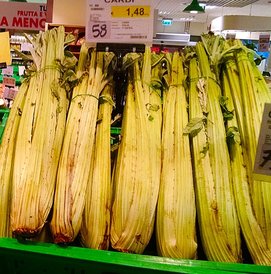 Cardi as we first discovered in in a Montepulciano market Cardi as we first discovered in in a Montepulciano market In the very first market we visited in Italy, we came upon a strange looking, rugged celery-looking vegetable: Cardi (Cardoon in English, in Italian it's Cardo, Cardone or Carduna). But Cardi is not celery and it is used in a very different ways. In talking to other Foodies in the States, I have found that many confuse Cardoon with Swiss Chard, or worse, with Rhubarb (which, because of its sweetness is used more like a fruit, as in pies). I thought I would explain the differences between this confusing batch of stalk veggies... 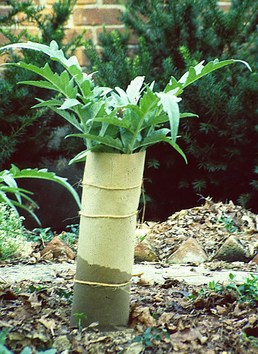 Blanching Cadri Blanching Cadri Cardoon is a member of the thistle family and a close cousin of artichoke, but unlike the artichoke, the stalks and not the flowers are eaten. In fact, it tastes like artichoke. If you like artichokes, you should enjoy Cardi. Cardoon grows in the field as a fairly dangerous, spiny plant, just like thistle. Unlike celery, its ribs are fibrous (and much more stringy) and need to be removed using a vegetable peeler. Along the sides of each stalk are fairly sharp barbs which also need to be peeled. Eaten raw, the stalks are nearly inedible--amazingly bitter, fibrous and tough. In general, there is no such thing as overcooking Cardi if you want to get them tender enough to eat--while getting rid of their dental-floss stringiness. In Italy, the average supermarket variety of Cardi on sale looks like a rough textured, perhaps dirty celery, with the tops trimmed off and bound by a twist tie, but in open air produce markets, you might find more choices. Often you will see a very tall (3-4'), straight variety with its thistle looking leaves intact. There is also another called Gobbi, a curved, hunchbacked type. Blanched Cardi are grown in darkness to produced a very pale color, in the same way white asparagus or white endives are grown by covering the maturing stalks. These are the more expensive and prized for culinary use because their taste is less bitter and they tend to cook faster. Their taste when well-cooked, as I mentioned earlier, is like artichoke, but with a smokey edge and hint of licorice, as with finocchio (bulbing fennel). If you ever decide to grow Cardoon in your garden, always remove the beautiful blue flower heads (they look like thistle flowers) to prevent the plant from dropping seeds or your garden will have hundreds of weedlings coming up next season. Swiss Chard (Bietola)
You can sauté Swiss Chard leaves and stems in a small amount of extra-virgin olive oil and season with freshly ground black pepper, minced garlic, and freshly grated Parmesan cheese. Eat as a side dish or as a baked potato topping. You can also cook the stems by first cutting in a small dice to soften them and adding to salsa, relish or chutney. Rhubarb (Rabarbaro) 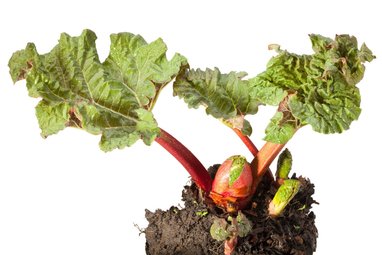 The main difference between Rhubarb and the other "stalk" veggies discussed here is that it does not grow in a head. The stalks grows from a woody rhizome individually and are harvested by cutting each close to the ground. Of course, the obvious difference is that, although a vegetable, Rhubarb is used in the same way we use sour cherries in pies. They are highly acidic and blend well with other sweet ingredients.
Sauteed Cardone Recipe Ingredients:
--Jerry Finzi
Covfefe Recipe only a Pugliese Nonna Would Love Ingredients 1 kilo fresh killed covfefe 1 cup orangecello 1 tablespoon red pepper flakes 2 tablespoons Golden Extra Virgin Olive Oil a healthy sprinkling of Rose and Mary and Poppy salt to taste slices of stale bread, toasted golden around the edges Directions Prepare covfefe... don't bother to clean. Cut up into random sized pieces. Boil covfefe in a rolling boil for 5 hours, preferably after midnight while you sleep. Throw all the other ingredients hodgepodge into a large frying pan and then briefly into the fire. Drain the covfefe and toss with the sauce. Serve in a large heap with slices of golden toast around all sides to protect it from diners. Recommended wine to accompany your covfefe: Your choice and as much as possible. --Jerry Finzi A Humor Piece, Copyright 2017, Jerry Finzi/GrandVoyageItaly.com
|
Archives
July 2023
Categories
All
|

